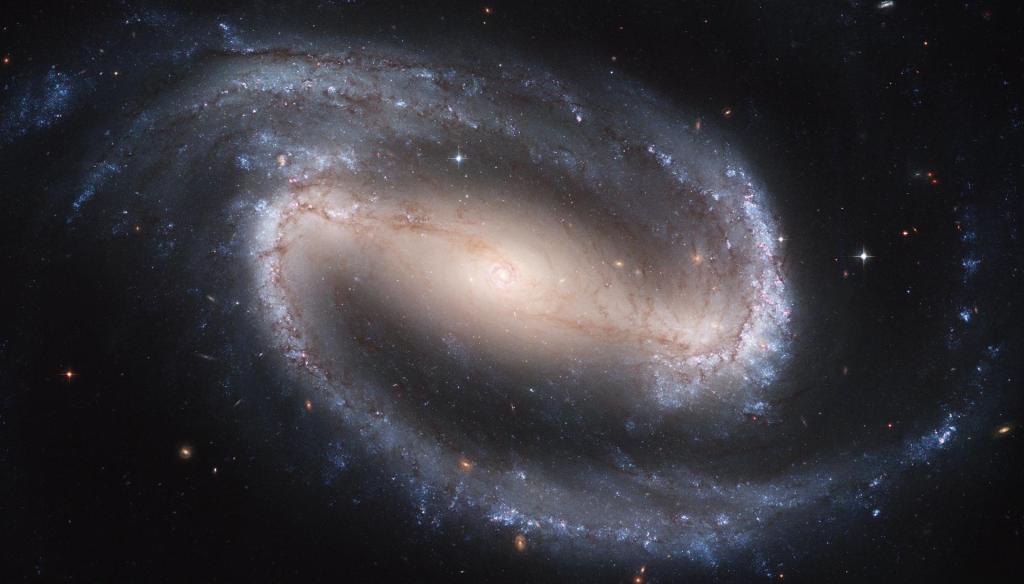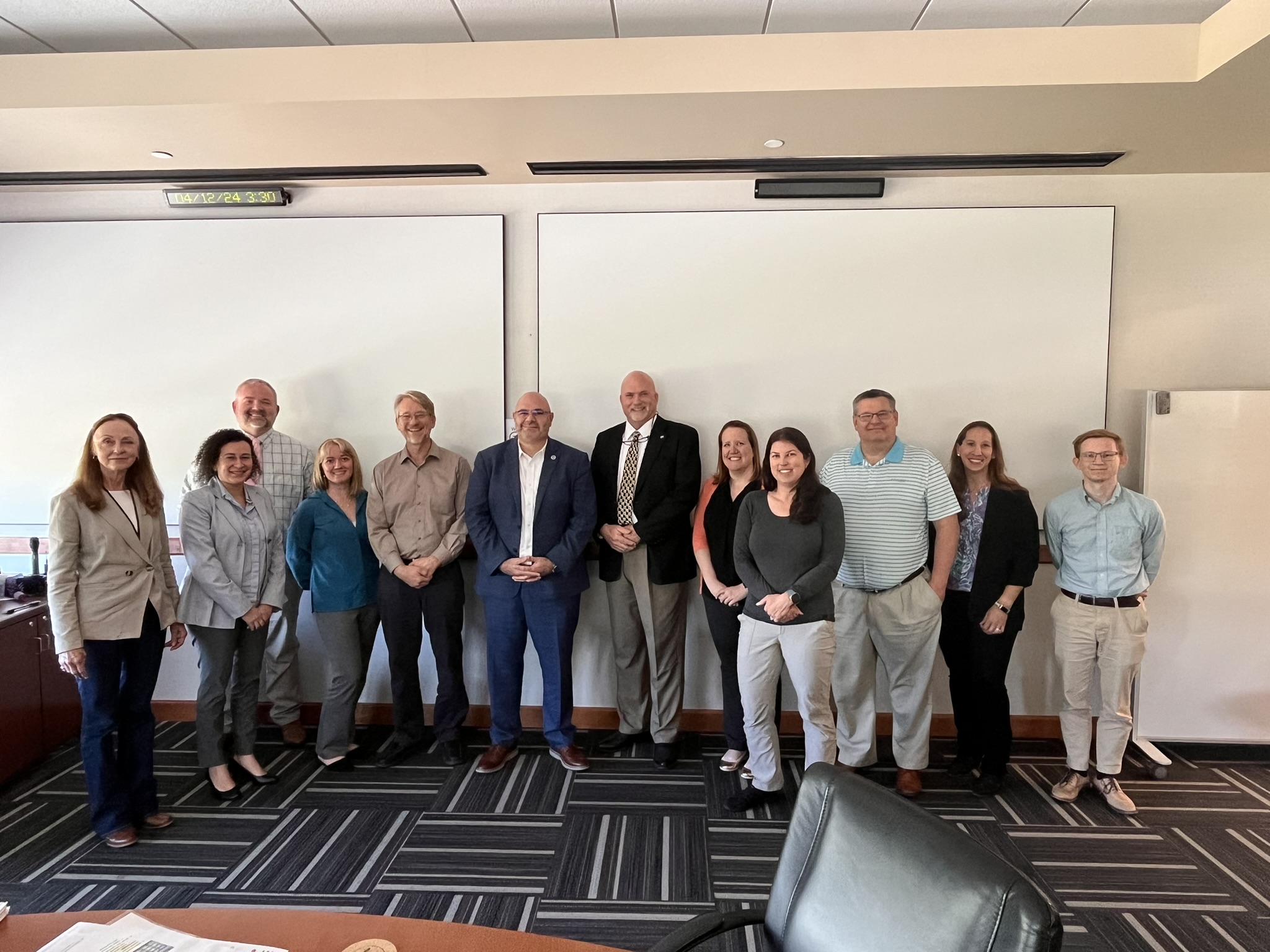The data featured in this image come from a program that extends the cooperation among multiple observatories: Hubble, the infrared James Webb Space Telescope, and the Atacama Large Millimeter/submillimeter Array, a ground-based radio telescope. By surveying IC 1954 and over 50 other nearby galaxies in radio, infrared, optical, and ultraviolet light, astronomers aim to fully trace and reconstruct the path matter takes through stars, mapping the interstellar gas and dust in each galaxy. Hubble’s observing capabilities form an important part of this survey: it can capture younger stars and star clusters when they are brightest at ultraviolet and optical wavelengths, and its H-alpha filter effectively tracks emission from nebulae. The resulting dataset will form a treasure trove of research on the evolution of stars in galaxies, which Webb can build upon as it continues its science operations into the future.
Related Posts

NASA Awards 15 Grants to Support Open-Source Science
High Priority Open-Source Science (HPOSS) awards fund projects that aim to increase the accessibility, inclusivity, or reproducibility of NASA’s Science…

The Marshall Star for November 1, 2023
NASA, AAS Talk Present, Future of Space Exploration During 3-Day Symposium By Jessica Barnett Hundreds of students, scientists, and other…

The Marshall Star for June 12, 2024
By Wayne Smith From preparing for flight readiness, to providing day-of-launch support, to delivering a critical piece of replacement hardware,…
